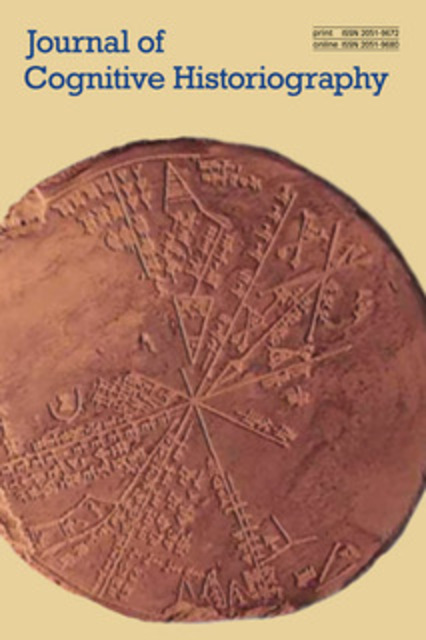JCH/Seeing Afar: Yogic Perception, Extramission, and Intellectual History

Full description
“Piercing gazes” or “penetrative stares” are common idioms in English. Yet, on reflection, these phrases oddly suggest an extramissive, projective connotation of vision, countering our learned understanding that sight passively receives light. Nevertheless, these projective connotations are highly intuitive. Exploring Indian debates on yogic perception through a cognitive science lens, this paper argues that extramissive theories of sight constitute our most basic intuitive understanding of vision. Yogis are said to have extra powerful extramissive visual rays that allow them not only to apprehend distant objects but penetrate spiritual truths. Buddhists, by contrast, reject that the senses are extramissive. Still, they retain extramissive connotations when they explain yogic perception as a type of mental—rather than sensorial—feat. The explicit Buddhist rejection of extramission alongside their implicit retention of extramissive metaphors corroborates the thesis that extramission was highly intuitive within an ancient Indic milieu. Indeed, it likely constitutes a pan-human intuition.
- typeImage
- created on
- file formatjpg
- file size56 KB
- container titleJournal of Cognitive Historiography
- creatorJed Forman
- issn2051-9680 (Online)
- issue7.1-2
- publisherEquinox Publishing Ltd.
- publisher placeSheffield, United Kingdom
- rights holderEquinox Publishing Ltd.
- volume
- doi
We use cookies to analyze our traffic. Please decide if you are willing to accept cookies from our website. You can change this setting anytime in Privacy Settings.
